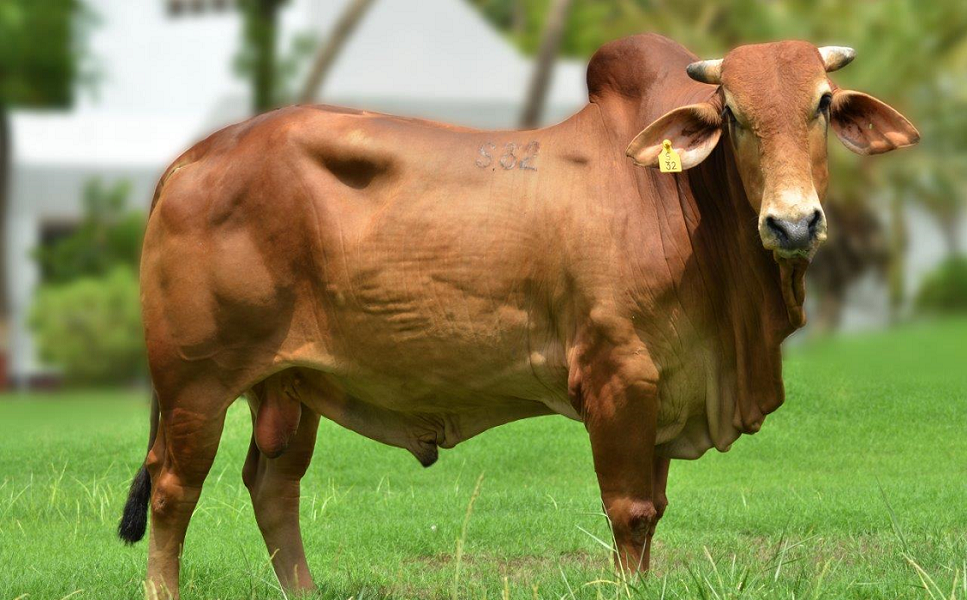
Production of High Genetic Merit Bulls
Under NDP, it is planned to meet the 100% bull replacement needs of “A” and “B” graded semen stations by the end of NDP I and thereafter largely through producing high genetic merit bulls by progeny testing and pedigree selection programmes and a small number through import of exotic purebred bulls or equivalent embryos. It is estimated that to breed about 35% of breedable animals by the end of NDP I, the country would need to produce some 100 million high quality disease free semen doses and make available about 900 high genetic merit bulls for replacement of bulls maintained at all “A” and “B” graded semen stations.
Based on the current and future demand of high genetic merit bulls of different breeds for semen production, the breeds identified for establishing progeny testing programmes include: Holstein Friesian, Holstein Friesian crossbred, Jersey crossbred, Sunandini cattle and Murrah and Mehsana buffalo, and the breeds identified for pedigree selection programmes to begin with include: Rathi, Kankrej, Tharparkar, Gir, Sahiwal and Hariana cattle and Nili Ravi, Jaffarbadi, Banni, and Pandharpuri buffalo.
To ensure that better and better quality bulls are produced generation after generation, it would be important that the production of high genetic merit bulls of indigenous breeds takes place only in their native tracts and bulls of pure exotic and crossbred in tracts where they have been successfully adapted and that the standard operating procedures set on scientific principle are strictly followed for both progeny testing and pedigree selection programmes. Adequate bio-security measures would also need to be ensured at the village level as well as at the pre-quarantine, quarantine and rearing station level.
Therefore, the institutions that are capable of meeting the above-mentioned eligibility criteria would be entrusted to implement progeny testing or pedigree selection programmes to produce the required number of bulls. Both progeny testing and pedigree selection programmes are to be implemented through independent project teams and governed by a Management Committee.